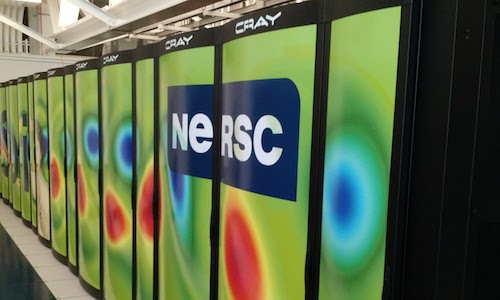AI for Agriculture
To understand the impact of Artificial intelligence on Agriculture it is important to put it in the context of larger economic changes in agriculture. Since 1948 US agricultural output has grown at 1.48% annually and total factor productivity have risen by about 1.38% annually with minimal growth in farm inputs (USDA ERS 2018). While total farm input growth has remained flat, the allocation of these inputs has shifted dramatically, with 4-fold declines in labor inputs, modest declines in land input and increases in pesticide, fertilizer and machinery use. This has taken place during a time of farm consolidation that has led to fewer, better capitalized producers that are able to invest in technological improvements.
Artificial intelligence is a field of computer science deals with creating machines that can reason. Today the distinction is often made between broad AI characteristic of human intelligence and narrow AI focused on one task like labeling objects in pictures. Machine learning is a subset of AI that focuses on having machines infer patterns from data that allow them to predict values or classes. This area has seen incredible growth because in areas like computer vision, machines have approached human performance and in other areas like pattern recognition with high dimensional data they have exceeded it. Future areas of AI may focus on the next layer of cognitive complexity; inferring causality and reasoning through counterfactual arguments to deduce new ideas.
Artificial intelligence will disrupt and improve agriculture in many ways, but as with many systemic technologies like steam, electricity, and rail, auto and container transportation systems, the disruption will likely come from efficiency gains in a wide range of processes at all levels of agriculture rather than one breakthrough technology. These systemic changes are likely to accelerate declines in farm employment, while increasing total farm output and efficiency.
Currently AI development in agriculture is focused in a few key areas.
-
Robotics, aided by advances in machine vision has allowed researchers to create robots that can weed lettuce fields (Blue River Technologies) or pick strawberries (CROO Robotics)—tasks that until recently could only be done by humans.
-
Smart tractor technologies that guide a tractor and control the application of seed and chemicals and measure yields at specific points in the field are collecting valuable data that will enable the holders of that data to create tremendous value by developing predictive models for how inputs should be used. Currently that data is in private hands but is being aggregated by farm equipment companies. By developing free, useful software tools for the farmer, ARS could collect enough of that data to publicly advance the field and spur grater innovation and insight from drone and satellite data.
-
A lot of work is being done developing models to take image data from drones and turn it into recommendations of where to spray, fertilize or plant.
-
Soil and plant diagnostics. Work is being done to diagnose plant disease by images and correlate soil chemistry and microbial contents with disease. Some of this work involves AI.
-
Economic models can be enhanced to predict the effects of demand, planting choices and weather to help farmers make decisions about what to plant and planting/harvest timing https://news.microsoft.com/en-in/features/ai-agriculture-icrisat-upl-india/.
-
IoT – What discussion of AI would be complete without its buzzword cousin the internet of things? Environmental sensors deployed in fields will likely yield insights that can increase productivity and decrease input use once large-scale platforms to integrate and assimilate the data are in place and enough data has been gathered to train models that create valuable predictions from that data. Productivity will also be gained from simple IoT applications like text alerts that an irrigation pump has failed or a gate that can be remotely operated.
-
Crop improvement, AI is beginning to be applied to crop improvement in several ways. Image recognition is improving phenomics, and allowing breeders to scale up screens. The selection of genomic intervals for breeding or insertion by CRISPR/CAS9 will speed up improvement. ML may be applied to complex prediction problems like multi-trait selection.
-
Animal health – The behavior of animals (feeding, watering and movement) from RFID chips) can be used to identify sick animals, like fitbits for pigs.
In the Future AI may be focused on new areas including
-
Selecting genomic regions for breeding to increase genetic diversity but retain desirable traits in low diversity crops like citrus or grapes that are susceptible to disease outbreaks.
-
Engineering microbial consortia to achieve specific outcomes like disease suppression, drought tolerance or yield improvement.
-
Post-harvest processing improvements like FTIR spectroscopy and analysis of grain to divert aflatoxin contaminated grain before it is mixed with other grain or better supply chain control to reduce spoilage. I know Driscoll’s is using machine vision to avoid backing bad berries.
-
The control of non-point source pollution. IoT sensors and valves can be used to control runoff from tile drains and releases from waste lagoons on concentrated animal feeding operations. This is particularly important for water bodies like Lake Erie and the Gulf of Mexico. Investment in these technologies will not likely proceed until regulations create market demand for non-point source pollution control technologies.



